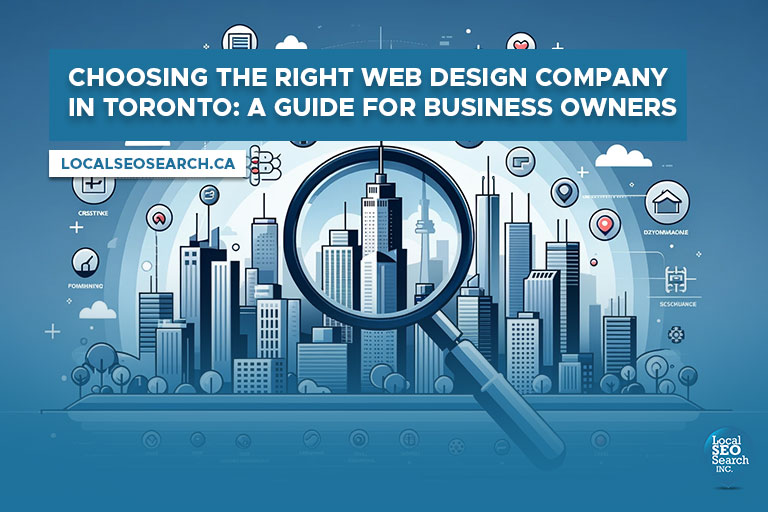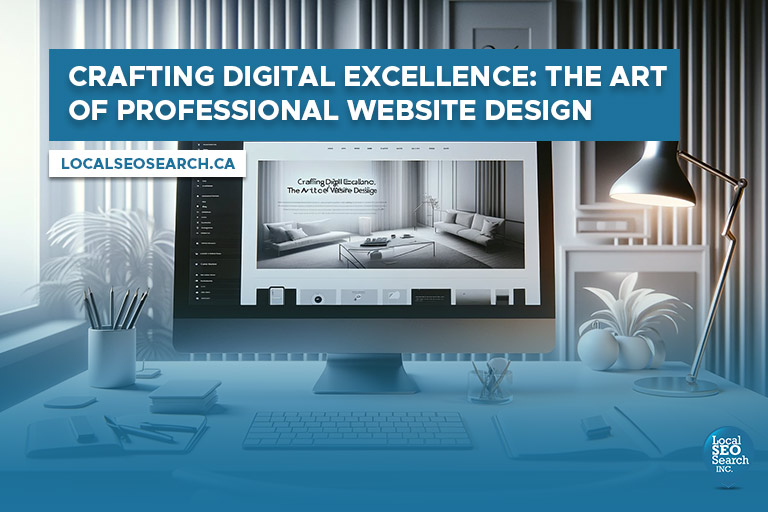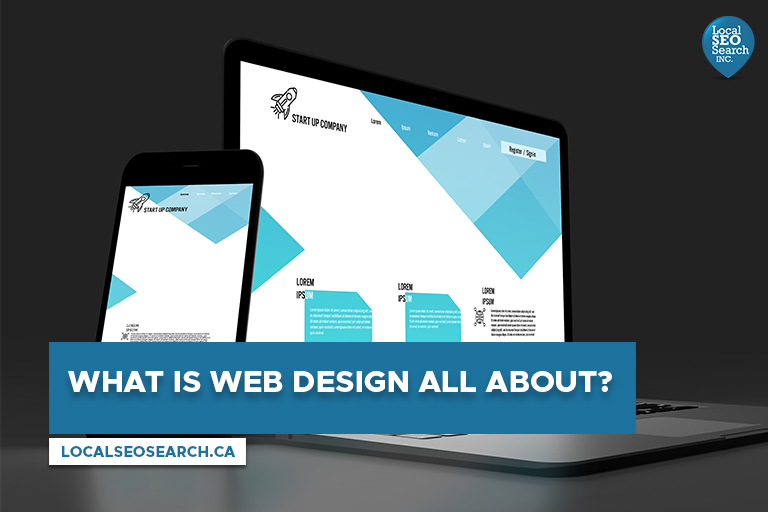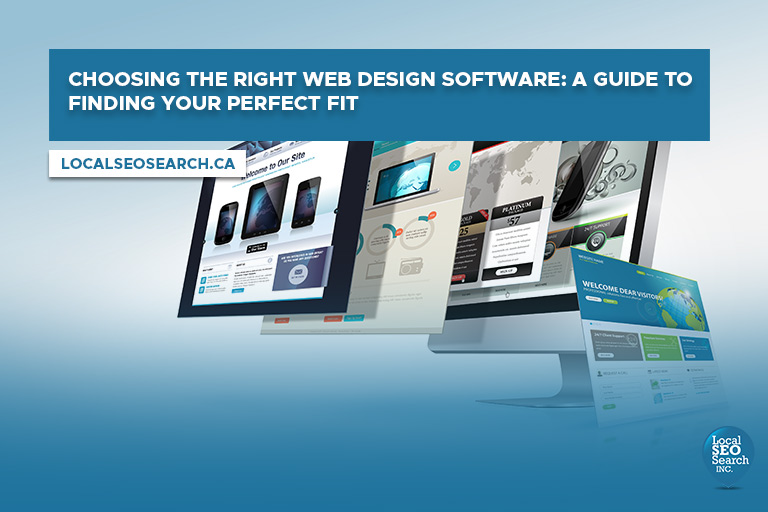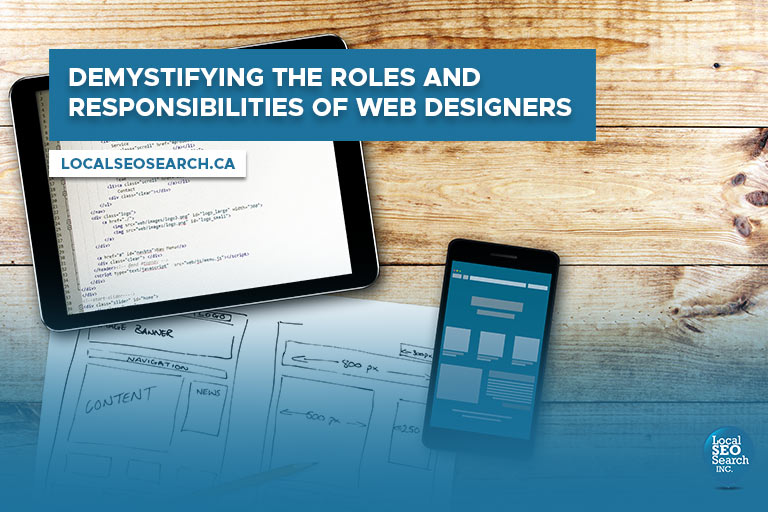The modern workplace is evolving, and web design is at the forefront of professions embracing the remote work revolution. With technology advancing rapidly, the question arises: Can web designers work from home?
This blog explores various facets of remote work for web designers, from the benefits and challenges to the essential tools needed for success.
The Nature of Web Design Work
Web design is a field that inherently lends itself to remote work. This digital profession involves creating and designing websites, a task that can be performed from anywhere with a computer and internet connection.
- Digital Nature
Web design tasks, such as coding, graphic design, and website layout creation, are performed on a computer. This work involves using various software and online tools, making it ideal for remote execution. Web designers can develop, test, and deploy websites from any location, as long as they have access to their digital tools and resources.
- Location Independence
The work doesn’t require physical presence in an office. This flexibility allows web designers to work from home, in a coffee shop, or even while travelling. The ability to connect with clients and colleagues online means that meetings, feedback sessions, and project collaborations can occur virtually, removing the need for a fixed office environment.
Benefits of Working from Home for Web Designers
The flexibility of working from home has numerous advantages for web designers, enhancing both their professional and personal lives.
- Flexibility in Working Hours
You can tailor your work schedule to balance personal and professional commitments effectively, providing a healthier work-life balance.
- Reduced Commute and Costs
It eliminates commuting, saving both time and money, and investing extra hours into work or personal activities for greater productivity.
- Personalized Work Environment
It allows you to create a comfortable and efficient workspace at home, tailored to your preferences, which can lead to increased productivity and creativity.
- Global Client Base
It helps expand your reach by accessing a diverse range of clients from around the world, enriching your portfolio and experience with varied projects.
Challenges of Remote Web Design Work
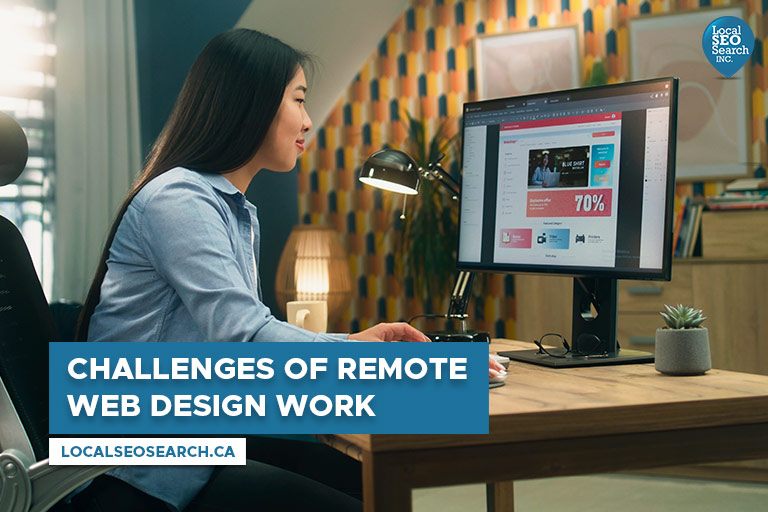
While the benefits are significant, remote web design also presents some challenges.
- Communication Barriers
Overcoming the lack of face-to-face interaction with clients and team members can be challenging. Effective communication becomes crucial, requiring clear and frequent exchanges via emails, video calls, and messaging apps. Establishing regular check-ins and using collaborative online tools can mitigate misunderstandings and keep everyone on the same page.
- Distractions at Home
Maintaining focus in a non-traditional work environment is a common struggle. The home setting, with its responsibilities and comforts, can lead to procrastination and decreased productivity. Setting strict work hours, creating a dedicated workspace, and using productivity tools like Pomodoro timers or task management apps can help in creating a more disciplined work routine.
- Technical Challenges
Ensuring a reliable internet connection and access to necessary software is fundamental for remote web designers. Interruptions in service can lead to significant delays and frustration. Investing in a high-speed internet connection, having backup options like a mobile hotspot, and ensuring access to cloud-based versions of essential software can reduce these technical hiccups.
- Isolation
Dealing with the potential loneliness of working alone is a reality many remote workers face. Without the social interactions of a traditional office, remote work can sometimes feel isolating. Joining online communities of web designers, scheduling regular social interactions, and co-working spaces can offer social outlets and networking opportunities, mitigating feelings of isolation.
Tools and Technologies for Remote Web Design
Remote web designers rely on a comprehensive suite of tools and technologies to perform their tasks effectively and efficiently. These tools not only aid in the design process but also facilitate smooth communication and project management, which are key aspects of successful remote work.
- Design Software
Mastery in web design tools is crucial. Adobe Creative Suite offers comprehensive tools like Photoshop for image editing and Illustrator for vector graphics, essential for creating visually appealing designs. Sketch is another popular choice, known for its vector-based design tool that simplifies UI/UX design. Familiarity with these tools allows designers to bring creative ideas to life with precision and artistic flair.
- Project Management Tools
Organizational skills are vital in remote work. Platforms like Trello offer a visual way to track tasks and projects using boards and cards, enabling designers to stay organized and meet deadlines. Asana is another powerful tool that helps in managing projects with features like task assignments, timelines, and progress tracking. These tools ensure that all project components are systematically managed, from initial concepts to final deliverables.
- Communication Tools
Effective communication is the backbone of remote work. Slack stands out as a versatile messaging platform that enables real-time text, voice, and video communication, along with the integration of various work tools for streamlined workflows. Zoom is indispensable for video conferencing, offering a reliable way to conduct virtual meetings with clients and team members. Email remains a fundamental tool for formal communication, file sharing, and maintaining a record of correspondence. Mastery of these communication tools ensures that remote designers remain connected and responsive, fostering a collaborative work environment despite physical distances.
Building a Productive Home Office
Creating a conducive work environment at home is crucial for maintaining productivity and efficiency as a web designer. The right setup can significantly enhance your ability to focus and produce high-quality work.
- Dedicated Workspace
Establish a space exclusively for work to ensure a clear distinction between personal and professional life. Choose a quiet area away from daily household activities. Equip your workspace with all the necessary tools and equipment, such as a good computer, necessary software, and an adequate lighting system. Personalize the space with items that inspire creativity and productivity, like plants or art.
- Ergonomic Furniture
Invest in furniture that promotes comfort and health. An ergonomic chair that supports your back and promotes good posture is essential, especially considering the hours spent sitting while designing. A desk at the right height, possibly adjustable, can prevent strain and fatigue. Consider accessories like a keyboard tray, footrest, or a stand for your monitor to ensure a setup that reduces the risk of repetitive strain injuries.
- Balancing Responsibilities
Develop strategies to manage home duties alongside work commitments effectively. Set clear boundaries with family members to minimize interruptions during work hours. Utilize time management techniques like the Pomodoro Technique or time-blocking to structure your day effectively. Regular breaks are essential to avoid burnout and maintain productivity. Also, consider using productivity tools and apps to keep track of tasks and deadlines.
Finding Work and Building a Client Base

For freelance web designers, securing a steady stream of work and building a robust client base is essential. Here’s how they can navigate this aspect of their career:
- Online Platforms
Platforms like Upwork, LinkedIn, and Fiverr as these sites offer a plethora of opportunities for freelance web designers. These platforms not only connect designers with potential clients but also provide a system for reviews and ratings, which can be crucial in building credibility. It’s important to create a comprehensive profile, highlighting skills, experience, and previous successful projects to stand out to potential clients.
- Strong Portfolio
A well-crafted portfolio is a web designer’s most powerful tool in attracting new clients. It should showcase a range of past work, demonstrating versatility and expertise in various aspects of web design. Include detailed case studies, client testimonials, and a clear narrative of your role and impact in each project. Your portfolio should be easily accessible, preferably with a personal website, and regularly updated with your latest and best work.
- Networking
Engaging in online communities, social media platforms, and professional networks is crucial for exposure and building connections. Platforms like LinkedIn, design-focused forums, and social media groups can be excellent places to share your expertise, learn from peers, and discover new opportunities. Attend virtual webinars, participate in design challenges, and contribute to discussions to establish your presence in the web design community. Networking isn’t just about finding immediate work; it’s about building relationships that can lead to future opportunities and collaborations.
Ready to Transform Your Website?
At Local SEO Search, our team of expert web designers is dedicated to crafting websites that not only look stunning but are also optimized for search engines. Outsourcing your web design to us means getting more than just a website; it’s about enhancing your online visibility and driving growth. Don’t let your website be an afterthought. Make it your business’s strength.
Call us today at (416) 888-8756 for a free website audit.




